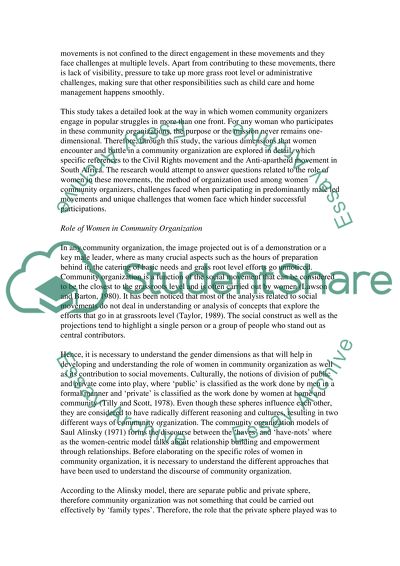Cite this document
(“Women Community Organizers often Engage Popular Struggles on More Than Research Paper - 1”, n.d.)
Retrieved from https://studentshare.org/other/1424094-women-community-organizers-often-engage-popular
Retrieved from https://studentshare.org/other/1424094-women-community-organizers-often-engage-popular
(Women Community Organizers Often Engage Popular Struggles on More Than Research Paper - 1)
https://studentshare.org/other/1424094-women-community-organizers-often-engage-popular.
https://studentshare.org/other/1424094-women-community-organizers-often-engage-popular.
“Women Community Organizers Often Engage Popular Struggles on More Than Research Paper - 1”, n.d. https://studentshare.org/other/1424094-women-community-organizers-often-engage-popular.


